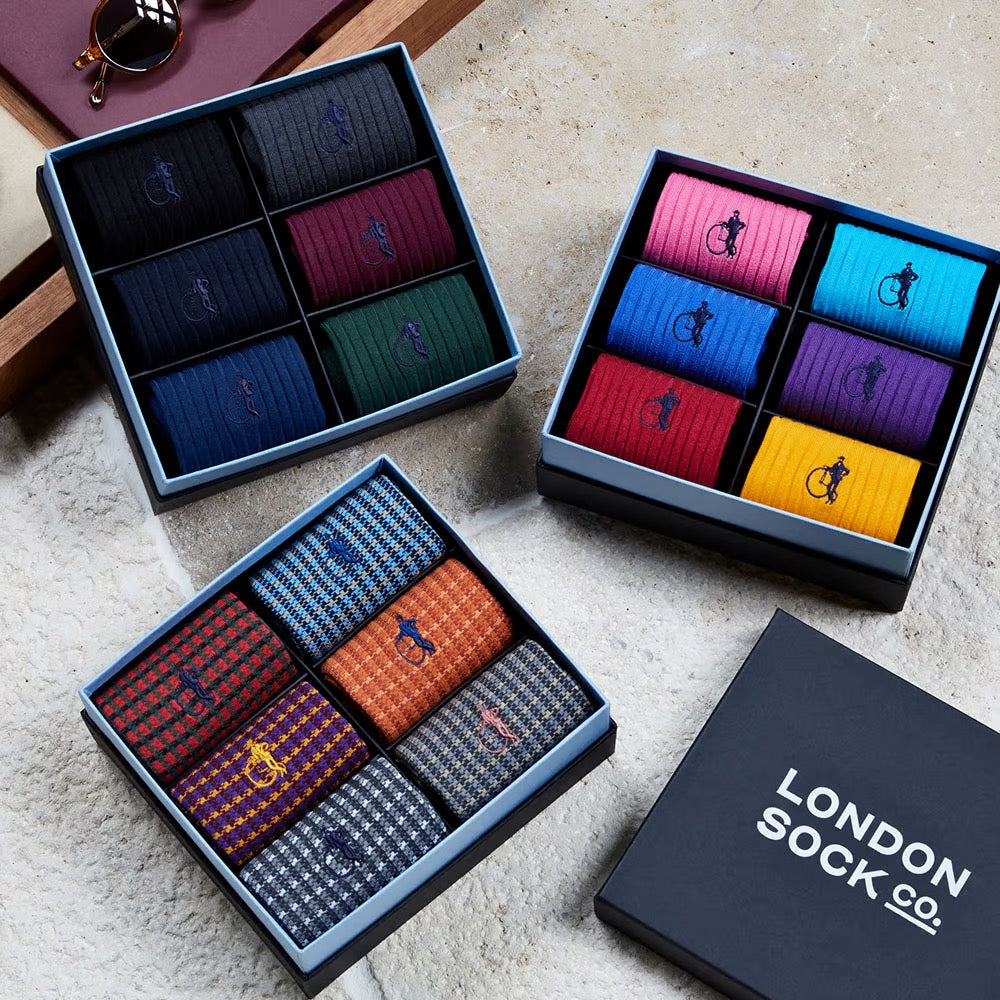
Men’s Style Tips #16: The Martini Misconception
Your weekly style tips are served with a twist this week, to celebrate our new collaboration with world famous Sipsmith Distilleries in London.
Like style, your drink choice is a personal one but reflects you as an individual.
The choice of drink however, can make an impression on whomever you are trying to impress, whether a romantic evening, catching up with a friend or entertaining an important client.
Our theme for this week’s edition is the Martini, so apologies to the non-drinkers amongst you!
This world famous drink has an array of history and sophistication. The next time you are at your favourite cocktail bar, this could just be a worthy contender and here is why.
Why the Martini?
There’s a reason the Martini is such an eternally popular drink and why Ian Fleming made it James Bond’s drink of choice.
It’s bracing, refreshing, perfect for after-work, a pre-prandial aperitif, or a post-dinner digestive.
It’s exceptionally versatile and crucially, there’s something truly sophisticated about Martini drinking in general.
However, to pull off true sophistication it pays to know how to order it.
Gin or Vodka?
The history of the Martini dates back to the late 1800’s. The first published record being in 1911, speaking of ‘equal parts gin and dry vermouth along with a few dashes of orange bitters’.
A Vodka martini was actually unheard of in the UK until the 1970’s, after James Bond. The fact it was Bond’s drink of choice was originally to show he was a man who was unconventional and didn’t play by the rules.
Vodka:
The softness and earthiness of the grains really come through in the flavour.
Gin:
The primary flavour comes from the botanicals it’s made with, which in most cases is juniper but can also include other fruits or spices.
It essentially comes down to personal taste, but the original Martini was made with gin.
‘Shaken not stirred’ – James Bond was wrong?
Well, it certainly sounded cool, but the history and physics of making a Martini suggest this is actually not the best way to enjoy it.
Shaken:
Ordering a Martini shaken means the cocktail will be more agitated; it’s also typically more diluted, as the rough shaking motion breaks off tiny ice shards that can quickly water down a drink.
Shaking also adds air to the drink, while stirring keeps the consistency velvety. Most (but not all!) bartenders will tell you that Martinis are better when stirred, though this comes down to individual preference and is still a subject of impassioned debate.
Stirred:
While Mr. Bond might disagree, a stirred Martini is typically the favourite of cocktail industry pros. A proper stirred drink will see the ingredients mixed with ice in a shaker, stirred with a bar spoon, for a solid 45 seconds at least. This ensures that the drink is properly chilled but not overly agitated.
Finding yours…
There are lots of styles of Martini on the menu in top bars. Here is your quick guide:
Burnt:
Not a common order, but an interesting one. Ordering a Burnt Martini tells the bartender that you’d like a splash of smoky single malt added to your drink.
Dirty:
For those who prefer their cocktails with a savoury edge, the Dirty Martini is a classic choice. The term simply means adding olive brine with olive garnish. ‘Extra Dirty’ or ‘Filthy’ if you prefer even more olive brine.
Dry:
Ordering your Martini dry has become de rigeur amongst today’s drinkers. ‘Dry’ indicates that very little vermouth has been added to the drink, so the gin base is the primary focus of the cocktail.
Gibson:
A Gibson Martini is one that has been garnished with a pickled onion in lieu of an olive or a citrus twist.
Perfect:
No, this doesn’t just mean that your drink was very well made. A Perfect Martini is one that uses 50% dry vermouth and 50% sweet vermouth – typically rosso.
Wet:
Fittingly enough, the opposite of a Dry Martini is a Wet one. This mode of preparation has fallen out of fashion in recent years, but there’s no shame in ordering it. ‘Wet’ simply means that there’s a higher percentage of vermouth.
With a Twist:
This doesn’t imply that your Martini has been made with an extra dose of pizzazz. Rather, ‘With a Twist’ specifies that you’d like a strip of citrus peel to be twisted across the top of your drink, releasing aromatic oils into the cocktail.
Who are Sipsmith?
The Sipsmiths are London’s most exceptional producers of hand-crafted spirits. Together they share a passion, inspired by two hundred years of London’s distilling history, to most cleverly balance modern technology with traditional recipes and techniques.
The result is a range of exceptional Gin and Vodka spirits, now famous among the world’s best mixologists and cocktail masters.
London Sock Co. & Sipsmith: An Exclusive ‘Sip in Style’ Collaboration.













